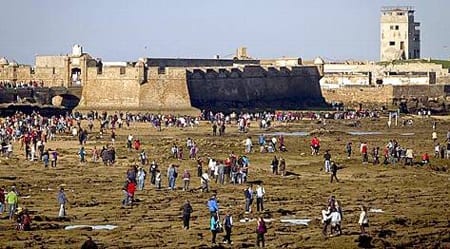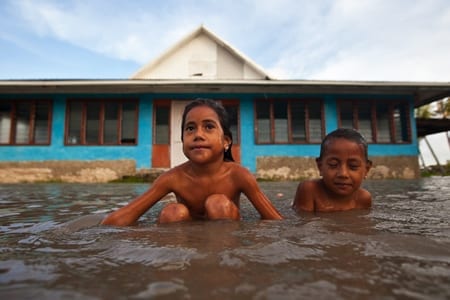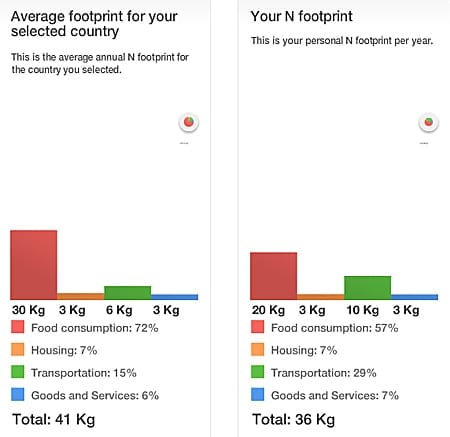By Daniel de la Calle
Today is World Water Day. All kinds of events must be taking place around the planet with the spotlight on water, on its current state and its importance to us living creatures. Some of them will surely point out our dependency on good water and the paradoxical way we treat it.
This past weekend, in anticipation of March 22nd, the Atlantic coast around southern Andalucía decided to do have its own celebration by displaying the highest high tide and lowest low tides in recorded history.

I remember a few years ago I visited the tsumani museum in Hilo, Hawaii and read about how, when waters receded just before the great wave hit the bay in the 1940s many locals walked toward the disappearing water, fascinated by that exposed sea floor and those twisting fish on sand and rocks. It is part of our nature, we are animals filled with curiosity; as a species that has helped us a great deal, even if on occasions a giant wave fell upon our recklessness to drown us.
This coming weekend A Sea Change will be screened in Inhotim, in the state of Minas Gerais (Brazil), to celebrate World Water Day in that outstandingly gorgeous open air museum and gardens that are almost as mesmerizing and have the same air of impossibility as an exposed ocean floor, surrounded by the harsh, polluted and overcrowded outskirts of Belo Horizonte.
Please allow me to feed that curiosity of yours with an assortment of links and news. Oh, and Happy Water Day, drink lots of it:
¤Tiny and shallow Tuvalu was not doing too well a couple of weeks ago when I read this post by Reverend Tafue Lusama about the way fishing and life in general has changed for the worse because of environmental threats and destruction in the area. Tuvalu is barely 15 feet above sea level and is clearly extremely sensitive to a possible sea level rise and increased Ocean Acidification destroying its coral reefs. I wonder if the wave from the Japanese earthquake reached them.

Photo by Rodney Dekker for Oxfam Australia
¤The oldest species of (extinct) mollusk of the family Polyconitidae in the Polyconites genus has been discovered in the Iberian Peninsula. The new species is called Polyconites hadriani and lived “at the time when the first oceanic anoxic event of the Cretaceous took place (between 135 and 65 million years ago)”. Researchers believe that “the response of these rudists to ocean acidification could apply to the future evolution of today’s marine ecosystems, above all among those kinds of organisms that form their shells or skeletons from calcium carbonate”. This work has been published in the Turkish Journal of Earth Sciences. Unfortunately, I found no decent link.
¤Scientists at the Smithsonian Environmental Research Center are carrying out experiments on the impact of ocean acidification on estuaries and coastal ecosystems. For this purpose they use are using equal amounts of patience and superglue. If this triggered your curiosity, here is the link you desperately need: http://www.serc.si.edu/labs/marine_invasions/feature_story/March_2011.aspx
¤Starting today US scientists affiliated with academic and federal agencies will get together in Woods Hole, MA for the first national science and networking meeting devoted exclusively to Ocean Acidification. It goes on until March 24th. Read more about it: http://www.whoi.edu/page.do?pid=49576
¤A few blog posts ago I wrote about my carbon footprint and included a link to test your own. Here is a new link for testing your NITROGEN FOOTPRINT.
You do not know about the impact of excess Nitrogen in the environment? Well, here is a video that will explain, followed by my own results:

¤ Elizabeth Kolbert has written a new piece for National Geographic, great as always. Read it and embark on a journey that will take you from petite Castello Aragonese island in Southern Italy to One Tree island in the Great Barrier Reef, in the quest to discover the future of our oceans and sea life under ever decreasing pH levels.


